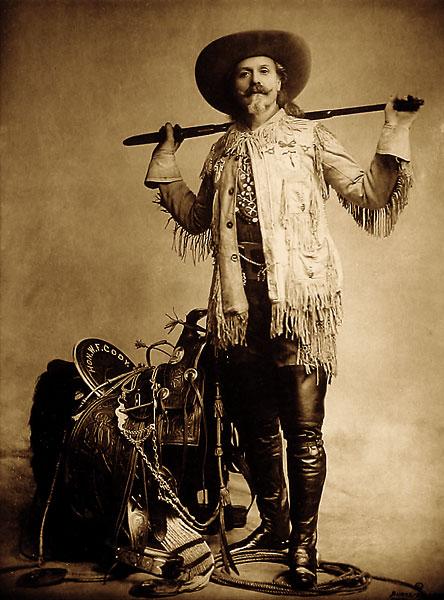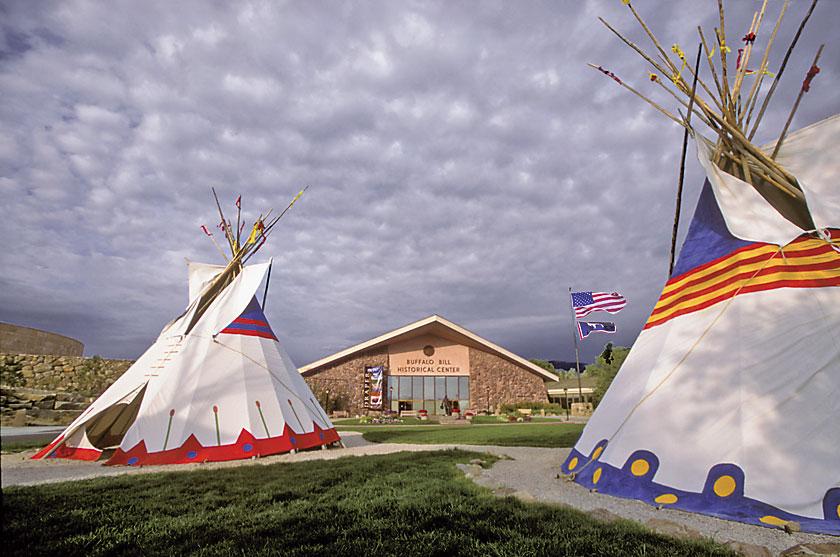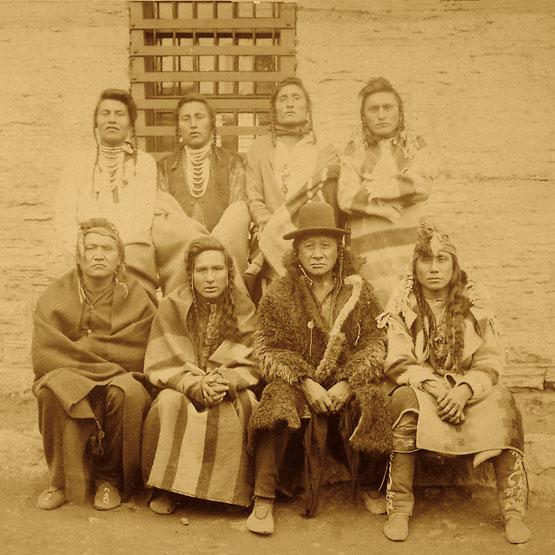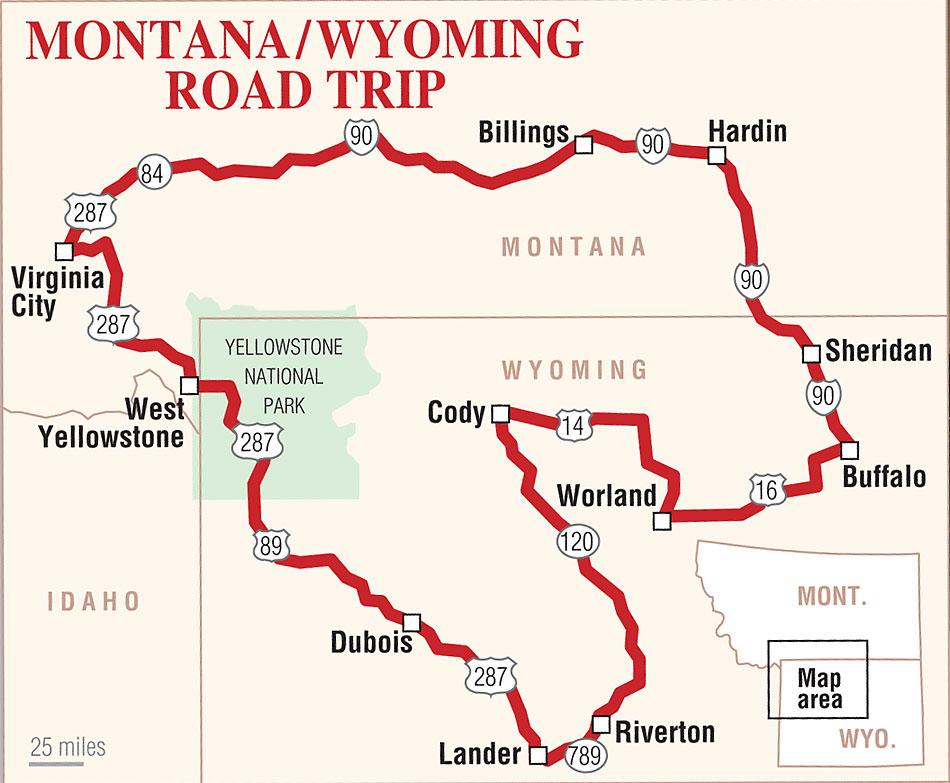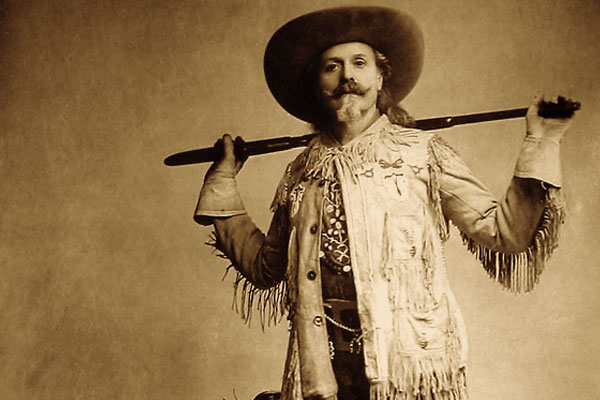 You’re Riding Shotgun With…
You’re Riding Shotgun With…
 Candy Moulton, a fourth-generation Westerner, who was reared on the Wyoming ranch her grandparents homesteaded. Moulton knows Wyoming inside-out. This journalism graduate of the University of Wyoming not only wrote the tour guide on the state, Roadside History of Wyoming, but she also shared the lesser-known Wyoming way stations, Overland Trail sites, battlefields and even hog ranches in her recent book, Forts, Fights & Frontier Sites: Wyoming Historic Locations.
Candy Moulton, a fourth-generation Westerner, who was reared on the Wyoming ranch her grandparents homesteaded. Moulton knows Wyoming inside-out. This journalism graduate of the University of Wyoming not only wrote the tour guide on the state, Roadside History of Wyoming, but she also shared the lesser-known Wyoming way stations, Overland Trail sites, battlefields and even hog ranches in her recent book, Forts, Fights & Frontier Sites: Wyoming Historic Locations.
As a contributing editor for True West, she specializes in travel features focused on the northwest region. She is also the author of 13 Western history books, including the Spur-winning biography on Chief Joseph, and she is the writer and producer of the multi-award-winning Oregon-California Trail documentary In Pursuit of a Dream. When she’s not on the road, Moulton serves as the executive director of Western Writers of America, where she previously edited the organization’s Roundup Magazine for more than 15 years.
In this grand adventure, Moulton goes on the trail of George Armstrong Custer, Buffalo Bill Cody and Chief Joseph, taking you to the little-known, but important, historic sites along the way.
BUFFALO, WY
If Owen Wister could return to Buffalo, Wyoming, he would no doubt start the visit at the Occidental Hotel & Saloon. He’d wet his whistle and enjoy a good meal in the Virginian Restaurant, named, of course, for his iconic Western novel.
It is just a short walk up the sidewalk to the Jim Gatchell Memorial Museum with collections about the 1892 Johnson County War and American Indian clothing and gear.
If you have an open schedule, I highly recommend a week-long detour to Paradise Guest Ranch where the horse brand is FUN. Owners Leah and Clay Miller give you the best attention and offer up summer seasonal choices of staying at the guest ranch or taking a backcountry pack trip deep into the Bighorns.
WORLAND, WY
A massive mammoth sculpture by Chris Navarro is your visual cue that you have reached the Washakie Museum & Cultural Center in Worland. Inside, learn about the paleontological, geological and ancient history of the Big Horn Basin, then walk into the “bunkhouse” and get your instructions for a day on the range from a cattle king. Create your own personal brand and then head around the corner to check out the sheep wagon and the sheep brands that were donated by Sam Hampton.
The last murderous sheep raid in the Big Horn Basin took place in 1909. Worland resident John Davis, who wrote the book on it, The Spring Creek Raid (as well as the more recent tome on the Johnson County War), served as a consultant to the museum, which means you get great interpretation of a complex story. The museum is also home to great photographs of the militia in front of the Big Horn County Courthouse and of the five defendants who participated in the raid.
CODY, WY
When you walk into the Buffalo Bill Museum at the Buffalo Bill Historical Center this summer, it is going to be a fresh experience, where familiar objects are showcased in new ways as part of a complete renovation. “Window on William of Cody’s West” will have artistic and photographic views of the country William F. “Buffalo Bill” Cody loved, which are interpreted by using his own thoughts about places like the North Fork and South Fork of the Shoshone River, and his TE Ranch, among other locales. The Buffalo Bill Museum reopens on May 19 with a grand opening on July 3.
For shopping, don’t miss the Custom Cowboy Shop, Wayne’s Boot Shop and the Plush Pony. A sandwich at Peter’s Café or a steak and some boot-scootin’ at Cassie’s are also in order when you are in Cody.
RIVERTON, WY
The Wind River Basin is the traditional home of the Eastern Shoshones, and they still have a reservation here, which they share with the Northern Arapahos.
Top museums and visitor sites with outstanding collections in this region are the Wind River Heritage Center in Riverton, St. Stephens Indian Mission and Education Center, devoted to the Northern Arapahos and located in St. Stephens, the Museum of the American West in Lander, the Eastern Shoshone Tribal Cultural Center and the Gallery of the Wind, near Ethete, which has outstanding examples of Eastern Shoshone clothing, drums and guns.
In Riverton, you can watch powwow dancing at weekly summer events at the city park, or, during the Fourth of July holiday, you can learn about the 1838 rendezvous by attending a gathering of mountain men re-enactors.
LANDER, WY
Lander is known for its collection of sculptures that are spread throughout the city. You will find a good sandwich, pizza and brew at Gannett Grill.
When you are in Shoshone country, you better believe that the Lewis & Clark guide Sacajawea is buried at the grave site west of Fort Washakie (north of Lander), where you will find a monument to her and her sons. To reach the cemetery site, travel toward Fort Washakie. At the Wind River Trading Post & Gallery of the Wind, turn west on Trout Creek Road.
Crowheart Butte juts up from the Wind River Basin north of the junction of roads leading to Dubois from Riverton and Lander, and a roadside marker tells the story of the 1866 battle between Shoshone Chief Washakie and a Crow that led to the naming of this landmark.
DUBOIS, WY
Situated in the Upper Wind River Valley, Dubois started attracting homesteaders after the 1866 battle at Crowheart Butte. Here, ranch folks still tie their horses to a rail on Main Street. You’ll find a variety of guest ranches where you can spend time close to nature and riding horses. For a truly rejuvenating interlude, go to Brooks Lake Lodge for a wilderness experience with all the amenities.
A steak at the Rustic Pine Steakhouse is in order after a long day of travel, but don’t miss shopping at Stewarts’ Trapline Gallery.
Just next door to the National Bighorn Sheep Interpretive Center on the west side of town is the Dubois Museum with its collection of rustic structures, and some very fine examples of Indian artifacts and local history.
This town’s summer nights are filled with square dancing on Tuesday at the Rustic Pine Frontier Room and Friday rodeos at Clarence Allison Arena.
YELLOWSTONE NATIONAL PARK
Tourists who visited Yellowstone during the summer of 1877 were in for a surprise. That August, Chief Joseph and the Nez Perces found themselves under attack at Big Hole in western Montana. At dawn on the 23rd, they were in Yellowstone when the Nez Perces grabbed some park tourists to take as hostages in an attempt to push back the military. The Nez Perces safely released them and left Yellowstone, only to be forced to surrender at Bear Paw Battlefield, about 40 miles from Canada.
Lower Geyser Basin is where those tourists were camping when the Nez Perces grabbed them, and that basin is not only one of the largest, but also one of the most accessible (even kids can travel it).
Other great sites in West Yellowstone: Yellowstone Bear World may be the only place where you are sure to see wild species such as grizzly bears and wolves. Dine or stay at Three Bear Restaurant and Lodge. Visit the Yellowstone Historic Center and Yellowstone IMAX Theater. Then head over to Yellowstone Traders, where you can pick up a variety of goods made from the hides of buffalo.
VIRGINIA CITY/NEVADA CITY, MT
Virginia City is so historic, the town itself is a museum; most of the buildings date to the Old West era, though they have been turned into a variety of businesses. You can tip one back at the Bale of Hay Saloon, find new duds at Rank’s Mercantile and purchase a handmade or homegrown item at the Virginia City Artisans & Growers Guild.
Weekends are just plain living…with history—sharing the discovery of gold, vigilante terrorism, the Civil War in Montana Territory and much more.
Nearby Nevada City offers more of the same great history. You can see one of the cabins used in the PBS series Frontier House, an outstanding collection of music boxes or try your hand at gold panning.
Lodging is recommended at the Fairweather Inn and Just an Experience B&B in Virginia City and at the Nevada City Hotel in Nevada City.
BILLINGS, MT
Follow the Yellowstone River east across Montana as Corps of Discovery explorer William Clark did, but plan to stop in Billings to visit the Western Heritage Center with its “A Mile
in Her Shoes: Montana Women at Work” exhibit up through September and the Cecil Dunn Collection of Eastern Shoshone artifacts (highlights include breastplates, beaded bags and horn spoons).
Heading on east of Billings you can visit Pompey’s Pillar, on which Clark inscribed his name in 1806, but then turn south to the Little Bighorn River country.
HARDIN, MT
Little Bighorn Battlefield is the reason many people want to stop in Hardin, and of course you ought to go up to walk with the ghosts of George Armstrong Custer and the men who died with him. But it will also be well worth your time to visit the monument to the Indian participants, and stop at the Big Horn County Historical Museum.
At Lammer’s Trading Post, which has been in business since 1916, you’ll find guns, saddles, tack, beadwork, Indian regalia, hand drums, Pendleton blankets and beads.
The two big events in the Hardin area are the annual re-enactment of the Little Big Horn Battle (June 22-24) and Crow Fair, an Indian cultural fair and powwow held in mid-August.
SHERIDAN, WY
The cattle industry helped build Sheridan, and you’ll find vestiges of its heyday all across town, from the Trail End State Historic Site (home of John B. Kendrick who came to the state as a penniless cowboy and became the governor) to the Museum of King’s Saddlery.
Have a drink at the Mint and shop at King Ropes, Tom Balding Bits and Spurs or Bucking Buffalo Supply Company.
Take a side trip to Big Horn, where the Bradford Brinton Memorial & Museum offers you an opportunity to view original art by the likes of Borein, Gollings, Remington and Russell.
The route back to our starting point is rich in a final bit of Plains Indian War history. By avoiding the interstate and driving on the secondary roads, you can visit the site of the 1867 Wagon Box Fight, have a fine meal at the Wagon Box Inn in Story, walk the ground at the 1866 Fetterman Massacre site and visit the 1866 Fort Phil Kearny, where you will learn just how effective Red Cloud’s Lakotas were in stopping travel along the Bloody Bozeman Road and forcing the military to abandon not only this fort, but also Fort C.F. Smith farther north in Montana, and Fort Reno, built to the east in Wyoming.
{jathumbnail off images=”images/stories/Apr-2012/small/candy_moulton.jpg”}
Photo Gallery
Cody is named for its town founder, Wild West showman Buffalo Bill Cody.
– Courtesy Buffalo Bill Historical Center –
– Courtesy Mint Bar –


